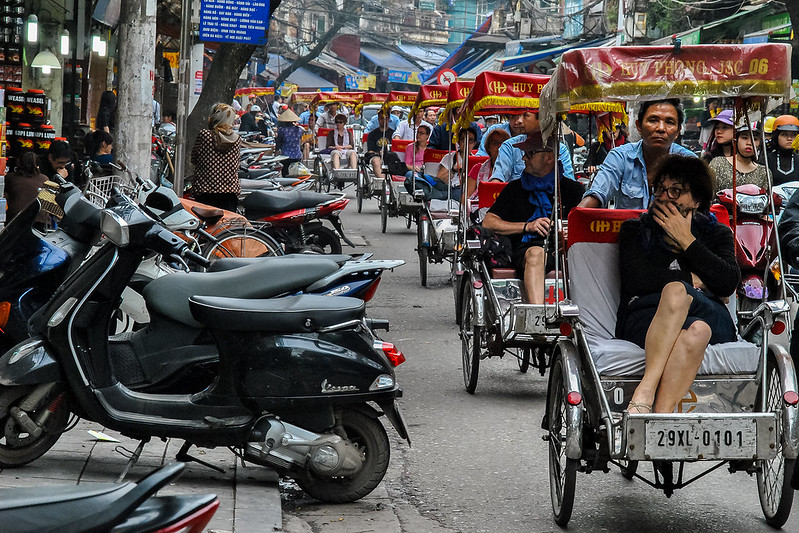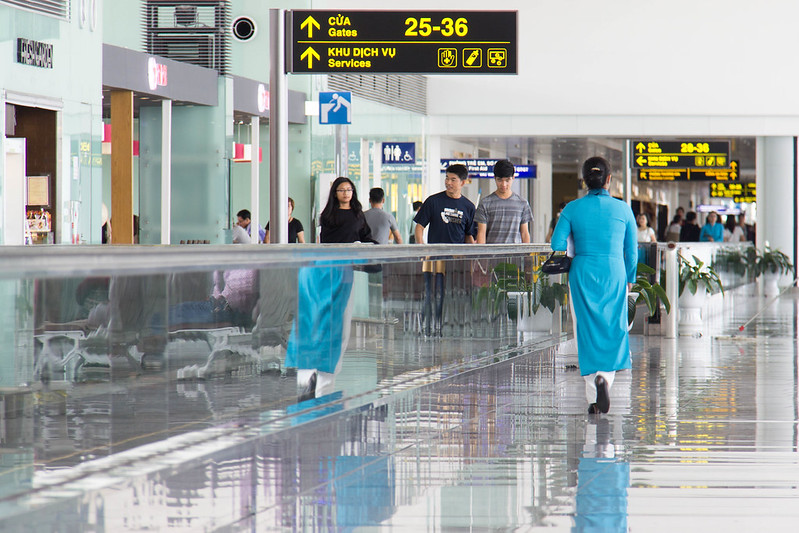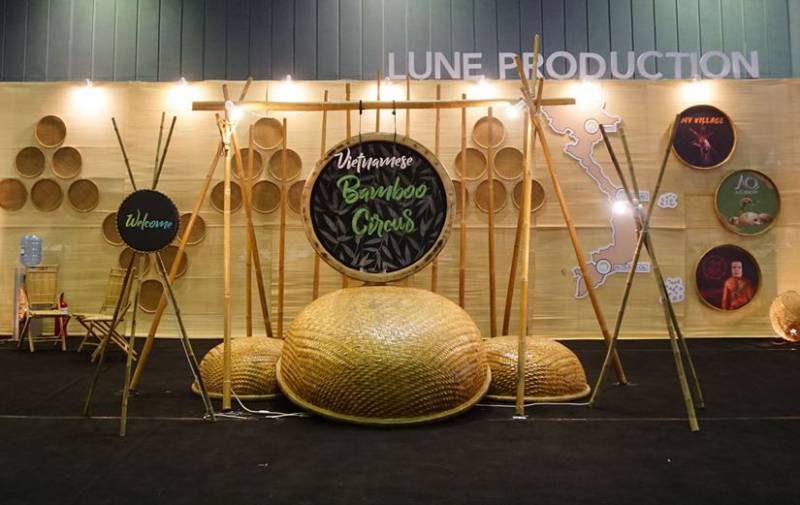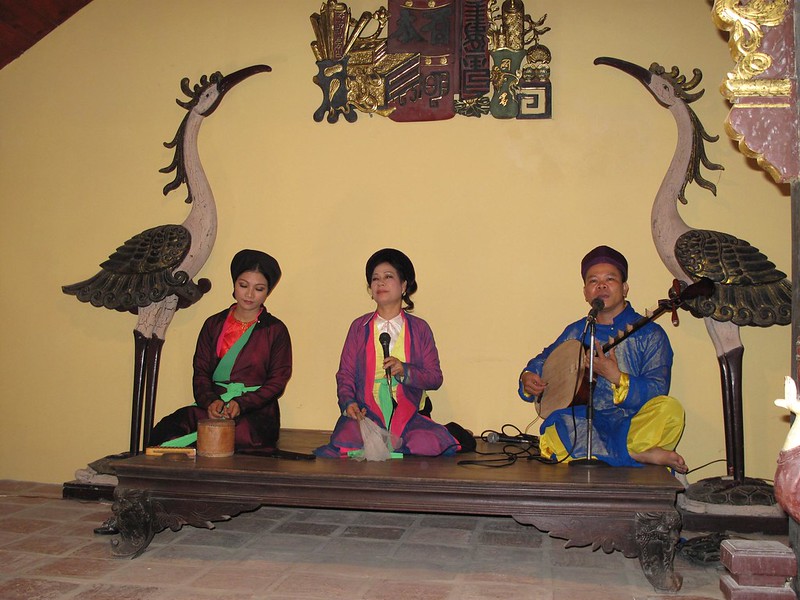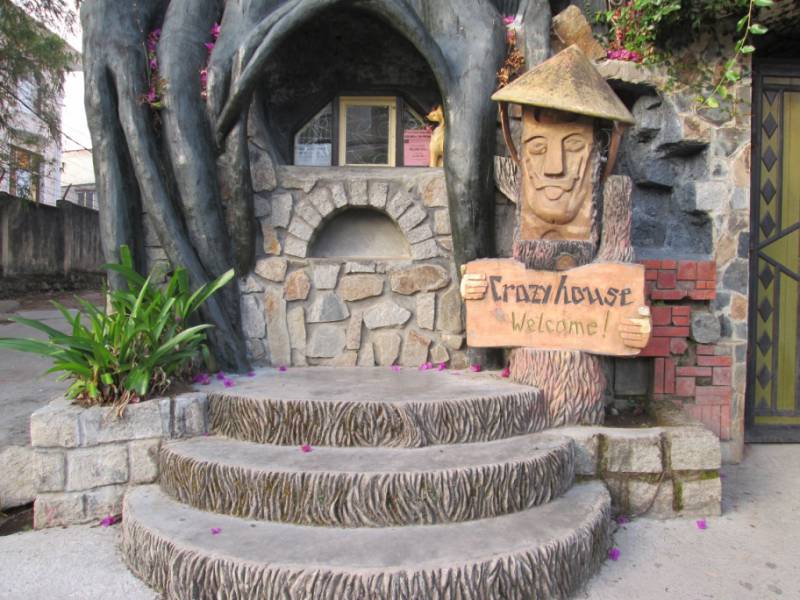A visit to the Cu Chi tunnels is one of the most popular day trips from Ho Chi Minh City, but unfortunately this trip is also one of the weakest tourism experiences due to the cheap, run of the mill tours that funnel people through. First some background on the tunnels themselves, then we’ll get on to the nitty gritty of how to approach them.
The Cu Chi tunnels refer to the section of tunnels open to tourists, in the district of Cu Chi, 35 km northwest of Ho Chi Minh City. There are actually two sites opens to tourists, Ben Dinh and Ben Duoc, about 13 km apart. However, keep in mind that the original network of tunnels was extensive and ran for hundreds of kilometres, some leading right to Saigon and the Cambodian border.
Construction of the tunnels began in the late 1940s during the First Indochina War with France. When the US military entered the picture to support South Vietnam, communist forces began expanding the network. At its height, there was over 250 km of tunnels, no more than 70 cm wide, 90 cm high, some running 30 feet deep. This subterranean maze served as shelters, communication centres and supply lines.
The US had men, modern equipment, firepower and aerial bombing at their disposal. The North Vietnamese and Viet Cong, most of them peasants, were outnumbered. During aerial attacks, to survive, whole villages moved underground—cramped, dark tunnels with kitchens, sleeping areas and hospitals. Despite clever engineering with disguised ventilation and drainage, the conditions were almost unfathomable. It was sweltering, hard to breathe and at risk for disease, flooding and snakes.
The tunnels were strong enough to withstand the American’s aerial bombing while on the ground, the Viet Cong fought back with guerrilla warfare. While US soldiers, unused to the terrain and conditions, plodded through in heavy gear and boots, the VC set up booby traps: trip wires for explosives, pits that would impale victims, boxes of venomous snakes overturned on top of their heads. Deaths could be slow and horrific. It was a tactic of ambush and quickly disappearing into the tunnels, the entrance too small for a US soldier to pursue. In response, the US forces assigned soldiers to become “tunnel rats”, entering the tunnels to find traps and engage in hand to hand combat. To learn more about the tunnel rats, read The Tunnels of Cu Chi: A Harrowing Account of America's Tunnel Rats in the Underground Battlefields of Vietnam by Tom Mangold.
Frustrated, in January 1966 Operation Crimp targeted Cu Chi with a large scale bombing and 8,000 US and Australian troops on a search and destroy mission. It was mostly unsuccessful—they had simply moved into the tunnels. In 1967, Operation Cedar Falls attacked the tunnels in Binh Duong province, north of Saigon, using 30,000 US troops, defoliant and bulldozers. Within a few months, communist forces would return and use the tunnels in the pivotal 1968 Tet Offensive against Saigon. It’s estimated that 45,000 Vietnamese men and women died defending Cu Chi tunnels.
A section of tunnel at the Ben Dinh tourist site have been preserved and actually widened to accommodate larger frames—most package tours visit Ben Dinh rather than Ben Duoc. The highlight for visitors (or lowlight, depending on how comfortable you are with tight spaces) is being able to go through a 100-metre length of tunnel, with an exit every 20 metres or so. We were surprised our tour guide did not give the group any prep about the experience, when clearly there were people in their 50-60s. As a result, several people bailed at the first exit and one was near panic. If they had been given an idea about the conditions, they said they never would have gone down.
So heads up (figuratively): you will have to walk completely stooped over. The larger your group, the slower the conga line to move through the tunnel. It is very hot, very humid and dimly lit. The final part, which only a small number usually tackle, requires a full crawl. Do not attempt if you have health conditions such as respiratory, mobility issues or claustrophobia. Know thyself. Hey, some people popped out at the end with a huge smile on their face.
The history deserves gravitas but the site and cheap tours, upwards of 30-45 people, fall short in many ways. The site itself is in desperate need of an update. The mandatory video visitors watch is a nearly incomprehensible propaganda piece made to look like wartime footage but clearly modern made, with pseudo black and white video of comrades overlaid with weirdly cutesy music and comical fake gunfire sound effects. There are tableaus with mannequins of North Vietnamese troops at camp, cheesy animatronic people in a workshop making traps and weapons, a section showing how they made sandals out of old tires. Visitors can try an escape hole (if they can fit) which does make for a great photo opp, as does sitting in a tank.
Unlike the Vinh Moc tunnels in the DMZ north of Hue, where the emphasis is on village life moved underground, the narrative here is of warfare and death. There’s many examples of booby traps on display. There’s also a shooting range where visitors can fire an AK 47, K63 or M30 Machine Gun. The thrill doesn’t come cheap as it is 50,000 dong a bullet, with a minimum of one round containing 10 bullets. The ear shattering sound of gunfire rings throughout the forest as you walk around.
It is dense forest so bring mosquito repellent and water.
To get to Cu Chi on a tour
Every travel agent, hostel and hotel in Saigon can book you a Cu Chi Tunnel tour as little as 200.000vnd. Though touted as a half day tour, expect to return around mid-afternoon. Combined with the Cao Dai temple in Tay Ninh, the full day tour is 300,000 dong and up. The admission fee is not included.
A few people on tour complained that the travel agent had said the tunnel entrance was included. If the person selling you a cheapie tour says the entrance is included, be extremely skeptical as an inclusion of a 110,000 dong entrance is highly unlikely. Also factor in the lunch stop at a restaurant serving bland, hastily made food for the masses like fried rice at double or triple the price it should be.
Paying more for amid-range tour usually means a smaller group size, van transport and lunch but the same run-of-the-mill tour. Check on inclusions. The guide will make the difference and we noticed that our guide are very knowledgable and lunch is excellent.


